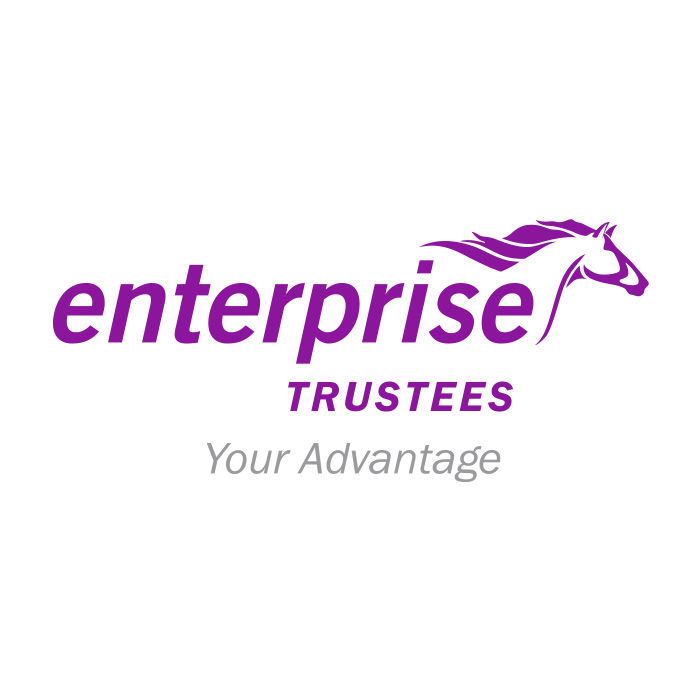It is the new pension scheme established by the National Pensions Act, 2008 (Act 766) in 2010 that replaces the previous SSNIT pension scheme and other parallel schemes.
This new scheme has a 3-Tier structure with private involvement in the management and an establishment of a regulatory body instead of the previous arrangement under PNDCL 247.
The objective of the scheme is to:
• Provide pension benefits to ensure retirement income security for workers
• To ensure that any worker receives retirement and related benefits as and when due
• Establish a uniform set of roles regulations and standards for the administration and payment of retirement and related benefits for workers in the public and private sector
• Provide pension benefits to ensure retirement income security for workers
• To ensure that any worker receives retirement and related benefits as and when due
• Establish a uniform set of roles regulations and standards for the administration and payment of retirement and related benefits for workers in the public and private sector
This contributory 3-Tier pension schemes consists of:
1st-Tier – A Mandatory basic National Social Security Scheme
2nd- Tier - A mandatory fully funded and privately managed occupational pension scheme
3rd-Tier - A voluntary fully funded and privately managed provident fund and personal pension scheme.
1st-Tier – A Mandatory basic National Social Security Scheme
2nd- Tier - A mandatory fully funded and privately managed occupational pension scheme
3rd-Tier - A voluntary fully funded and privately managed provident fund and personal pension scheme.
The total contribution from the employer and the employee under the new scheme is 18.5% and is distributed as follows:
New Scheme (Act 766) Employer-13%
Employee-5.5%
Total =18.5%
Old SSNIT Scheme (PNDCL 247))-Employer - 12.5%)
Employee - 5%
Total= 17.5%
New Scheme (Act 766) Employer-13%
Employee-5.5%
Total =18.5%
Old SSNIT Scheme (PNDCL 247))-Employer - 12.5%)
Employee - 5%
Total= 17.5%
The contributions between the period 2010 and 2012 were lodged in a Temporary Pension Fund Account (TPFA) at the Bank of Ghana. The process of transferring TPFA to registered schemes is ongoing. Contributors’ pension funds will be credited with the total amount invested and the interest accrued after the accounts have been audited.
It is a registered tier 2 occupational pension scheme for all public health sector workers that provides a lump sum benefit for contributors on retirement
All employees of the public health sector are members of the scheme, both permanent and casual workers.
Contributions for the permanent staff is received from the Control and Accountant Generals Department and that of casual staff (IGF) is received from the health facility.
Follow the login details online to verify your details or contact our call center for assistance.
Contact your facility administrator/HR for an enrolment form or download the enrolment form from the website, complete and submit to your facility administrator/HR for approval, after which your administrator/HR will forward to the administrators of the scheme (Enterprise Trustees Limited)for processing. You will receive an email notification after your enrolment is completed
You do not need to complete a new enrollment or notify us.
You will have to notify us to amend your records.
You will notify us through writing and we will assist you with the necessary documents to transfer funds to the health sector scheme.
The scheme is designed to pay lump sum and other related benefits to members when they attain the normal retirement age of 60 years or Voluntary retirement at 55 years.
A member can claim his/her pension benefits under the following conditions;
• When he/she attains the normal retirement age of 60 years
• When he/she attains the early retirement age of 55 years and
• When he/she attains 50 years and certifies to the trustee to have permanently ceased employment.
• When he/she has departed or about to depart from Ghana permanently (expatriates)
• When he/she becomes totally incapacitated
• When he/she attains the normal retirement age of 60 years
• When he/she attains the early retirement age of 55 years and
• When he/she attains 50 years and certifies to the trustee to have permanently ceased employment.
• When he/she has departed or about to depart from Ghana permanently (expatriates)
• When he/she becomes totally incapacitated
Provident Fund Scheme is a scheme, governed by a trust to which a contributor or contributor’s employer or both contribute to a pension scheme which provides benefits based on a defined contribution formula to provide for the payment of
a) Lump sum benefits to the members of the scheme when they reach the retirement age, or any other prescribed event occurs in relations to them or
b) In the case of members who die before reaching that age or before the occurrence of such an event, provides for the payment of those benefits to the personal representatives or beneficiaries of the estates of those members.
a) Lump sum benefits to the members of the scheme when they reach the retirement age, or any other prescribed event occurs in relations to them or
b) In the case of members who die before reaching that age or before the occurrence of such an event, provides for the payment of those benefits to the personal representatives or beneficiaries of the estates of those members.
Yes.
a. The contributor gets 16.5% tax exemption on his/her income from which the contributions were made.
b. The interest of members will be protected by the Pensions Authority, overseeing to the administration and management of the schemes.
c. The rules and regulations of the scheme will conform to the Act which ensures that the sponsor has no undue influence in the management of the scheme and also ensure that the scheme funds/assets are separated from that of the trustees and the employer/sponsor.
d. The law also provides one-third representation of members on the Board of trustees managing the scheme. This provides an opportunity for the members of the scheme to have a say in the management of their contributions.
e. The fees charged by the services providers are also regulated to avoid arbitrary charges that may affect the scheme.
a. The contributor gets 16.5% tax exemption on his/her income from which the contributions were made.
b. The interest of members will be protected by the Pensions Authority, overseeing to the administration and management of the schemes.
c. The rules and regulations of the scheme will conform to the Act which ensures that the sponsor has no undue influence in the management of the scheme and also ensure that the scheme funds/assets are separated from that of the trustees and the employer/sponsor.
d. The law also provides one-third representation of members on the Board of trustees managing the scheme. This provides an opportunity for the members of the scheme to have a say in the management of their contributions.
e. The fees charged by the services providers are also regulated to avoid arbitrary charges that may affect the scheme.
A Personal Pension Scheme is any scheme to which the contributor contributes personally to provide benefit based on a defined contribution formula in the form of pensions to the member or otherwise payable on death or retirement to their beneficiaries.
A Group Personal Pension Scheme is a pension scheme formed by individual persons with common identity/relationship who come together as a group and contribute into a pension scheme they have registered to provide a pension benefits and other benefits as may be described in their rules and regulations.
The group/personal pension scheme is designed primarily for workers in the informal sector and the self-employed.
Yes; apart from participation in the 1st, 2nd, and 3rd tier provident fund (if available at the work place), the worker can also contribute to a personal pension scheme to enhance his/her retirement benefits






